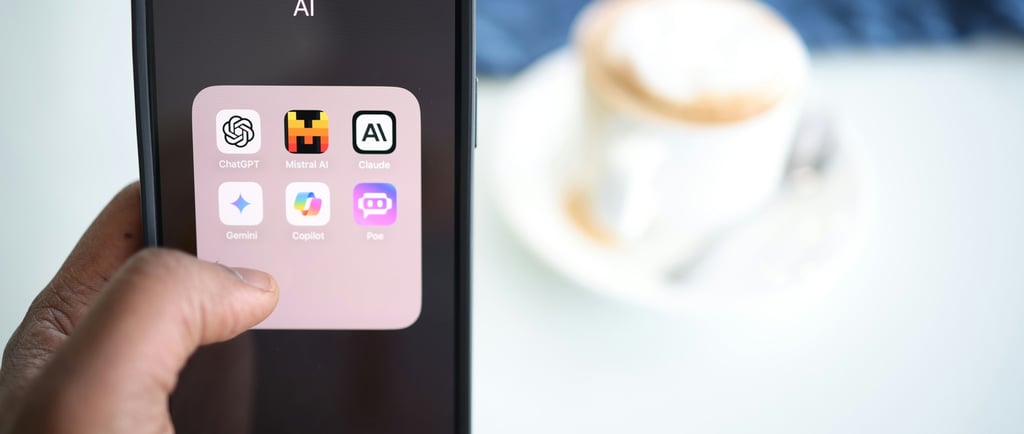Generative AI: Unlocking the Future of Creativity and Innovation
Discover how Generative AI is revolutionizing creativity and innovation across industries. From crafting content to designing visuals, explore its limitless possibilities and transformative impact!
DATA SCIENCE
1/15/20252 min read


Generative Artificial Intelligence (AI) is reshaping the boundaries of creativity and innovation. This transformative technology has revolutionized how we create, interact, and innovate, spanning applications from art and design to healthcare and entertainment.
In this blog, we’ll explore what generative AI is, how it works, and its profound impact on our world.
What is Generative AI?
Generative AI is a type of artificial intelligence focused on creating new, original content. Unlike traditional AI models that classify or predict based on input data, generative AI learns patterns and structures to generate unique outputs, such as:
Text: Writing blogs, stories, and even coding scripts.
Images: Crafting stunning artwork or realistic photos.
Music: Composing melodies and soundscapes.
Videos: Developing realistic animations and dynamic media content.
How Does Generative AI Work?
Generative AI operates using advanced machine learning techniques, particularly:
Generative Adversarial Networks (GANs):
GANs consist of two neural networks:Generator: Creates new content.
Discriminator: Evaluates the authenticity of the generated content.
Together, these networks refine outputs until they appear realistic or meet specific criteria.
Transformers:
Models like GPT (Generative Pre-trained Transformer) analyze large text datasets, understanding context and semantics to produce coherent, meaningful content.
Applications of Generative AI
Generative AI is transforming industries in numerous ways:
Content Creation:
Tools like ChatGPT help writers generate blogs, marketing copy, and scripts, saving time and enhancing creativity.Healthcare:
AI models simulate drug interactions and design personalized treatment plans, revolutionizing patient care.Art and Design:
Artists use platforms like DALL·E to create visual masterpieces, blending human creativity with AI precision.Gaming:
Developers generate dynamic storylines, realistic characters, and immersive gaming environments.Education:
AI customizes learning experiences, providing tailored study materials and real-time feedback.
Benefits of Generative AI
Enhanced Productivity: Automates tedious tasks, allowing creators to focus on innovation.
Unprecedented Creativity: Pushes the limits of artistic and technical expression.
Cost-Effectiveness: Reduces the resources needed for complex projects.
Accessibility: Democratizes access to advanced tools and capabilities.
Challenges of Generative AI
Despite its benefits, generative AI also presents challenges:
Ethical Concerns: Misuse for deepfakes, fake news, and biased outputs.
Intellectual Property Issues: Ownership of AI-generated content remains a grey area.
Data Privacy: The potential misuse of training data poses risks.
Energy Demands: AI model training requires significant computational power.
Future Prospects of Generative AI
Generative AI is set to redefine creativity and innovation further. Potential future applications include:
Real-Time Translation: Breaking language barriers seamlessly.
Advanced Simulations: Enhancing training and decision-making in industries like aviation and healthcare.
Personalized Experiences: Tailoring content and services based on user preferences.
Generative AI is not just a tool; it’s a revolution driving the future of creativity and innovation. As the technology evolves, it will unlock endless possibilities, enabling us to create, solve, and inspire in ways we never thought possible.
Whether you’re an artist, a developer, or simply curious about technology, generative AI offers something for everyone. Embrace the future, and let generative AI guide your creative journey.
Feel free to share your thoughts or ask questions about generative AI in the comments below!
